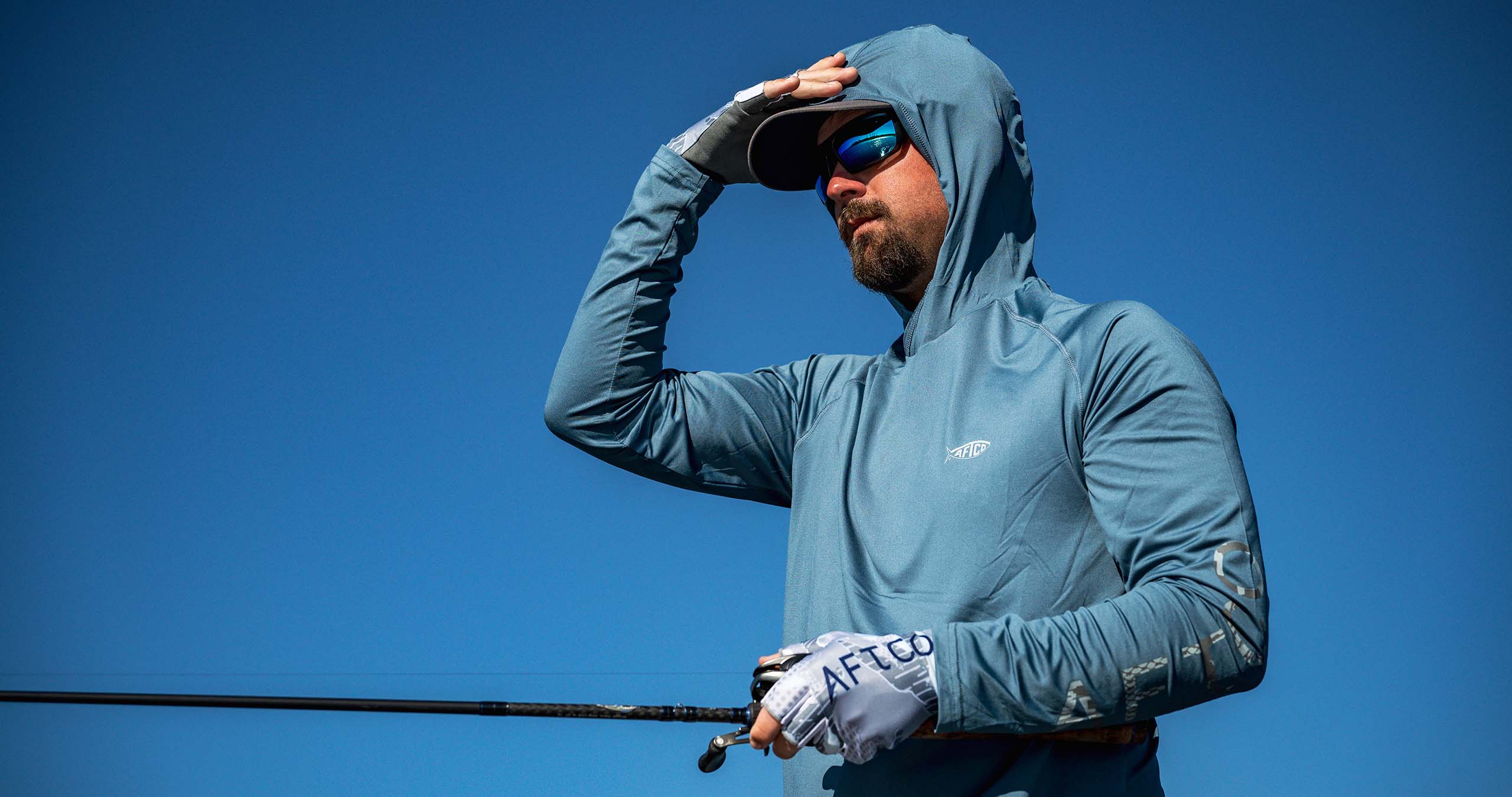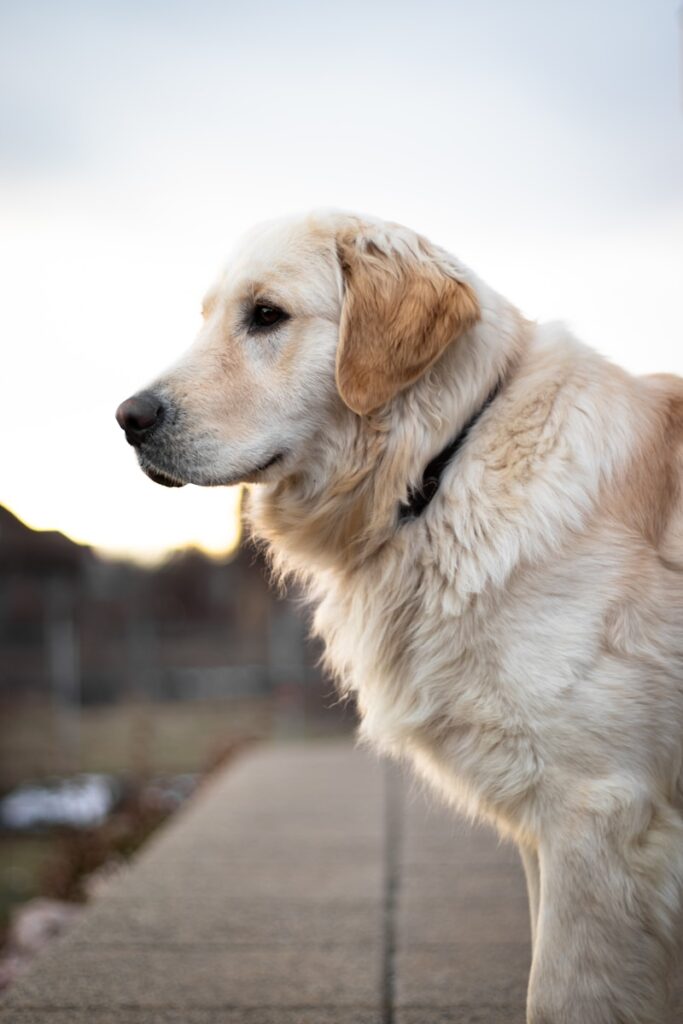
Large dog breeds captivate enthusiasts with their striking combination of impressive stature and gentle temperament. These majestic canines, ranging from loyal guardians to playful companions, bring joy and a unique dynamic to households fortunate enough to welcome them. Their physical presence commands attention, yet their most remarkable qualities lie in their deep affection and unwavering loyalty.
Caring for a large breed dog requires a comprehensive and well-informed approach. According to Dr. Nicole Savageau, Doctor of Veterinary Medicine, “Large dog breeds generally require more exercise compared to small dogs. They often have higher energy levels and need regular physical activity and mental stimulation to prevent boredom and behavioral issues.” Training is equally critical. Dr. Savageau advises that “Training should focus on proper socialization, obedience, and leash manners to manage their potentially powerful nature.”
Financial considerations also play a significant role. James Ross, Director of Field Operations for a mobile pet care service, explains: “Pet owners with large breed dogs typically encounter higher veterinary costs. Procedures, surgeries, and medications are often more expensive for larger dogs due to their size and specific medical needs.” In addition, breeds such as Great Danes and Saint Bernards are predisposed to health conditions including Gastric Dilatation-Volvulus (GDV), arthritis, and hip dysplasia, and they generally have shorter lifespans, averaging 7 to 10 years.
With attentive care, proper training, and preventive health measures, these remarkable animals can enjoy healthy and fulfilling lives. Expert guidance can help prospective owners understand breed-specific needs, ensuring they provide a safe, nurturing, and suitable environment for these gentle giants.
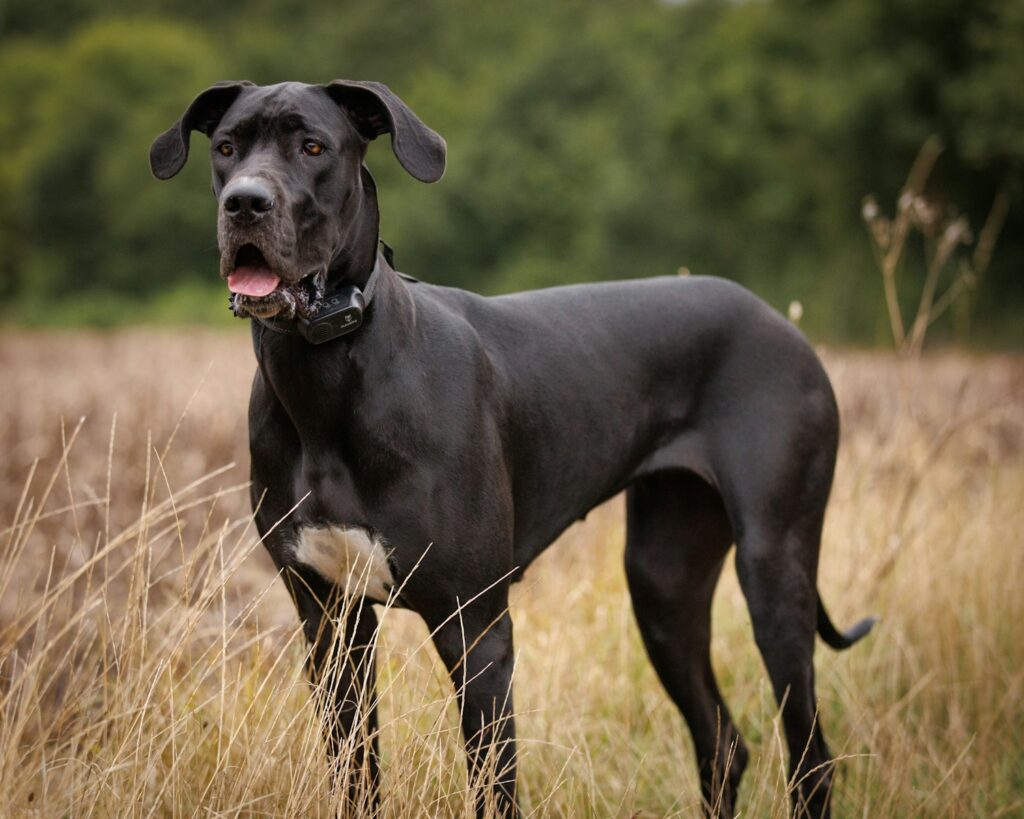
1. Great Danes: The Noble Giants with a Gentle Heart
Known as the “Apollo of dogs,” the Great Dane is celebrated for its statuesque form, embodying elegance and grace. These towering canines possess a regal bearing complemented by a remarkably friendly temperament. The combination of their imposing stature and gentle disposition has earned them enduring popularity among families worldwide.
Originating in Germany, Great Danes were initially bred for hunting wild boar, a task requiring exceptional strength and agility. In contemporary settings, they are valued as affectionate family companions, thriving in environments where they receive ample attention and interaction. Despite their size, they are widely recognized for their gentle behavior with children, making them an excellent choice for active family households.
Caring for a Great Dane requires attention to their unique physical needs. Experts emphasize that “due to their size, early training prevents unwanted behaviors.” Structured exercise, combined with a balanced diet, is essential to support healthy growth, particularly for developing joints and muscles. Careful weight management is critical to avoid excessive strain on the joints, and incorporating routine low-impact activities helps maintain musculoskeletal health throughout their lives.
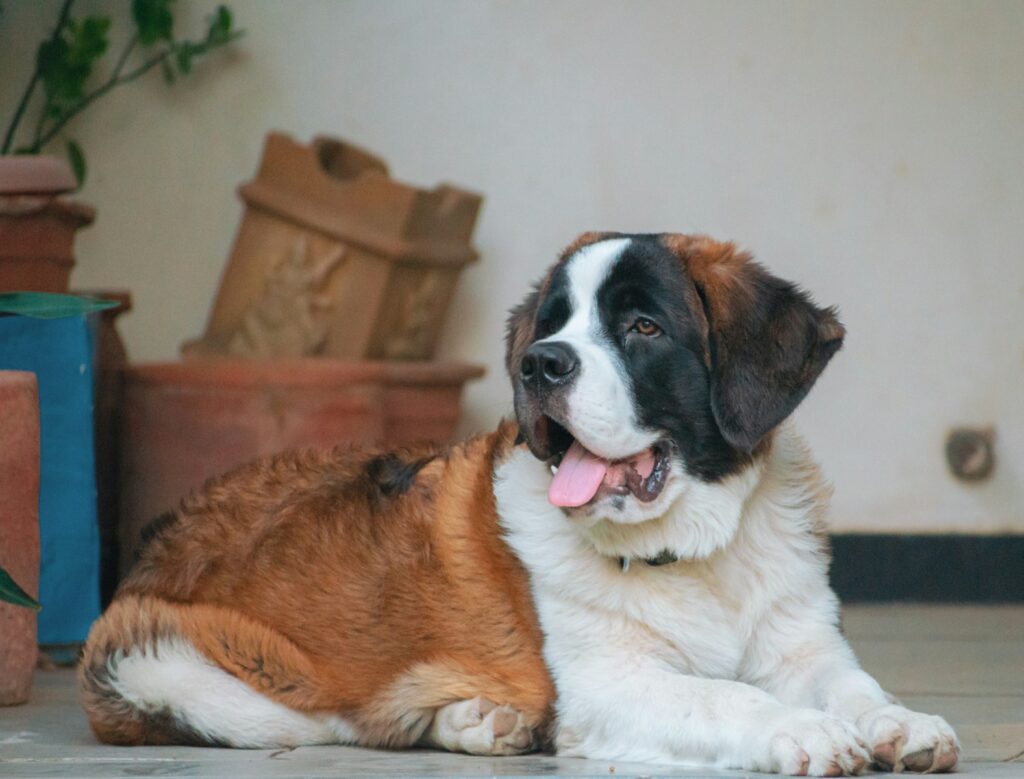
2. Saint Bernards: Legendary Alpine Rescuers with a Heart of Gold
The Saint Bernard, renowned for its historic role as a rescue dog in the treacherous Alps, represents warmth, immense strength, and unwavering friendliness. Admired worldwide for their nurturing instincts and expressive faces that convey deep compassion, these gentle giants can reach weights of up to 180 pounds and stand 30 inches tall. Their physical presence is rivaled only by the depth of their affectionate nature.
Originally bred for arduous rescue missions in challenging alpine terrains, Saint Bernards possess exceptional strength, stamina, and dedication to saving lives. They require ample space for movement and regular moderate exercise to maintain physical health and well-being. Notably, a well-trained Saint Bernard can detect an avalanche victim from miles away, demonstrating their extraordinary sensory abilities.
Their affectionate temperament and protective instincts make them excellent family companions, particularly in colder climates where they thrive and enjoy the snow their dense coats are designed to withstand. However, their thick fur demands consistent grooming to prevent matting and support skin health. Owners must also be attentive to their breathing, as the breed is sensitive to heat, making it essential to limit strenuous activity in warmer weather.

3. Newfoundlands: Gentle Maritime Guardians with Exceptional Aquatic Skills
The Newfoundland, renowned for its large frame and calm demeanor, is often regarded as the ideal gentle guardian for families. Distinguished by its webbed feet and exceptional swimming ability, this breed excels in aquatic environments, moving with power and grace. Its strong build and affinity for water are deeply rooted in its working heritage.
Originating in Canada, the Newfoundland was developed to assist fishermen in demanding maritime conditions, demonstrating remarkable strength, intelligence, and loyalty. Known for their affectionate temperament and patience, Newfoundlands are frequently referred to as “nanny dogs,” a testament to their protective yet gentle nature with children. They maintain a calm presence indoors, often resting peacefully after vigorous activity in the water.
Proper grooming is essential for their thick double coat, which provides insulation and protection but can easily mat without regular care. Newfoundlands also excel in water rescue work, thriving in environments where they can swim, engage in physical activity, and apply their natural skills. Owners should be mindful of health risks such as hip dysplasia and certain heart conditions, ensuring weight control and favoring low-impact activities such as swimming to safeguard joint health.

4. Leonbergers: Noble Companions with Regal Beauty and a Loving Spirit
The Leonberger, originally bred to resemble a majestic lion, is distinguished by its flowing mane and regal presence. Originating in Germany, this breed was historically developed as a companion for royalty, a role it continues to embody with dignity and composure. While their striking appearance often draws immediate attention, their temperament is equally noteworthy.
Beneath their imposing stature, Leonbergers are known for their affectionate and playful nature. They form strong, lasting bonds with their families and actively engage in household activities, adapting seamlessly to the family dynamic. Their intelligence and eagerness to please enhance their suitability as companions, particularly in active homes that can provide both mental and physical stimulation.
Maintaining their luxurious coat requires consistent grooming to prevent matting and ensure a healthy, lustrous appearance. Their trainability is supported by their intelligence and cooperative disposition, enabling them to excel in a variety of activities. Owners should note that while not all Leonbergers have sensitive digestion, those that do may be at risk of bloat. Providing high-quality, easily digestible food and dividing daily portions into smaller meals can reduce the risk of digestive issues and help safeguard their health.
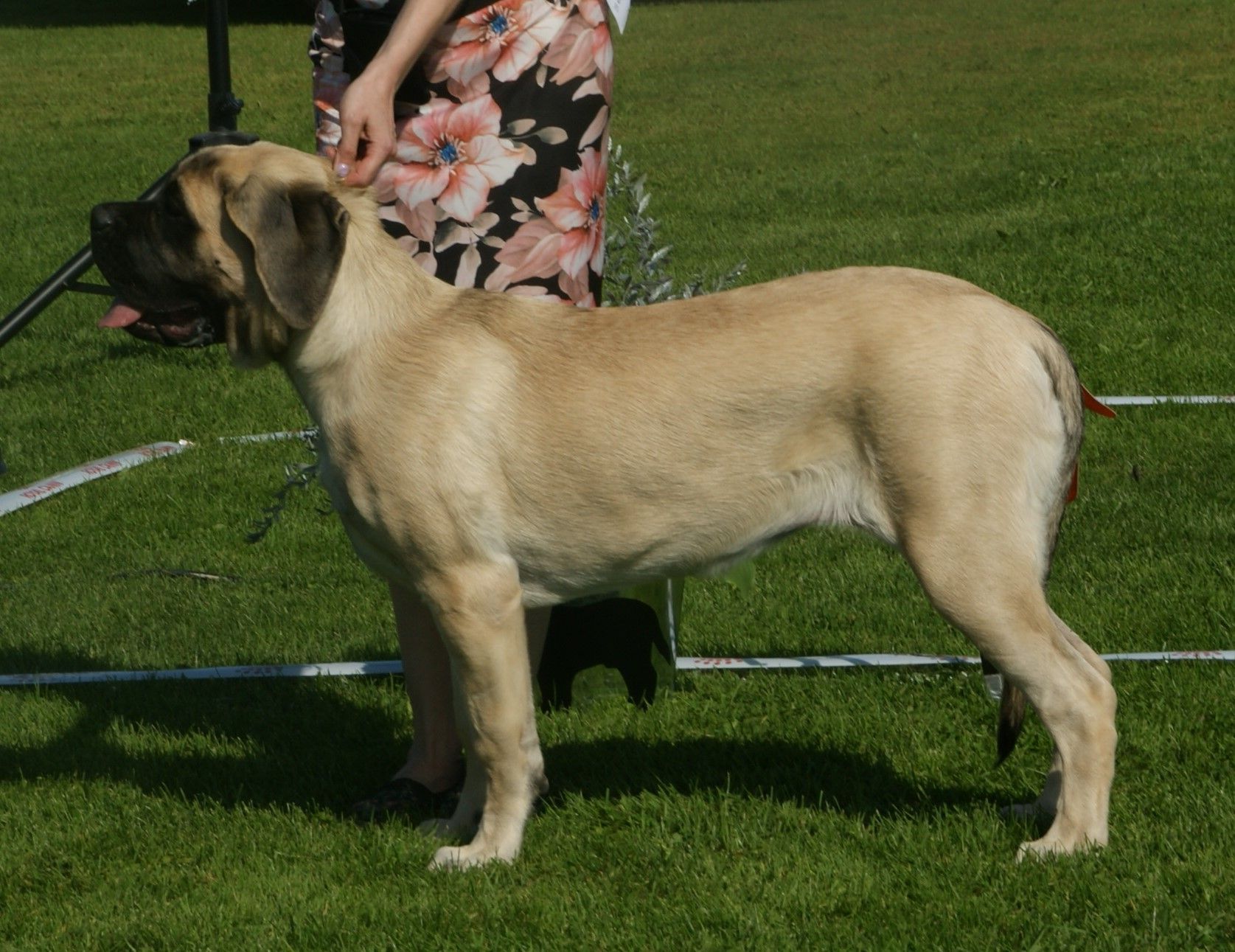
5. English Mastiffs: Majestic Gentle Giants with Ancient Origins
The English Mastiff, renowned for its extraordinary size, is a quintessential example of a gentle giant. With a lineage tracing back to ancient warfare, this breed has transitioned from the battlefield to becoming a loyal and affectionate family companion. Males frequently exceed 200 pounds, yet their formidable stature contrasts with a calm and tender disposition, making them deeply valued household members.
Given their substantial size and strength, early socialization and consistent training are essential for the English Mastiff. They are best suited to spacious environments that allow them to move comfortably and maintain mobility. Despite their imposing build, Mastiffs are relatively low-energy, favoring relaxed walks over intense physical exertion, and they adapt well to indoor living when adequate space is provided.
Owners should prioritize regular veterinary examinations to monitor for joint concerns that may arise from their considerable weight. Short but consistent walks support cardiovascular fitness and general well-being, while maintaining an active yet manageable lifestyle. With their affectionate and composed nature, English Mastiffs bring loyalty, serenity, and a remarkable presence to any home.
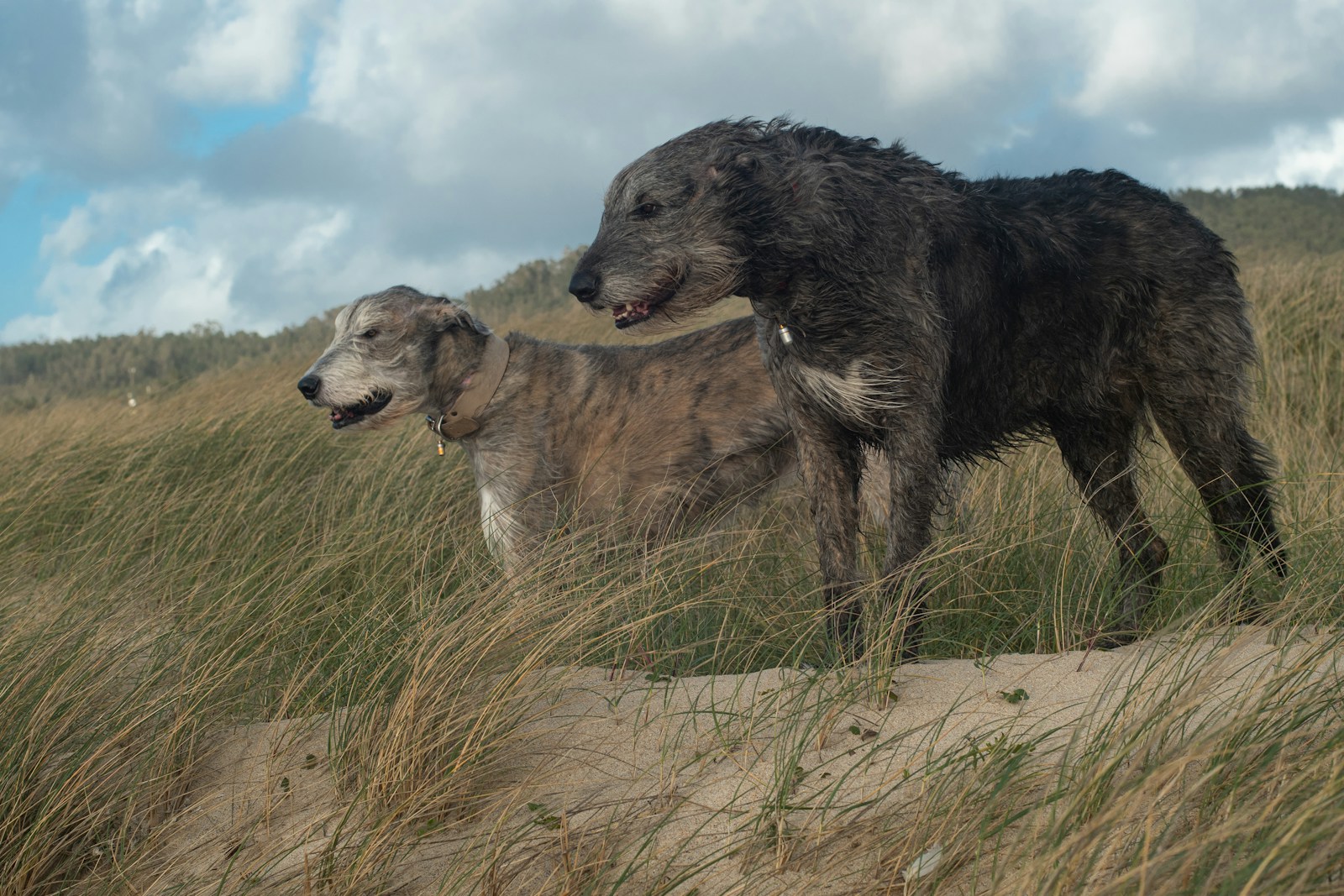
6. Irish Wolfhounds: Majestic Sighthounds of Power, Grace, and Gentle Spirit
The Irish Wolfhound, with origins deeply embedded in ancient Celtic history, embodies both immense strength and refined elegance. Historically celebrated for their hunting skills, these dogs were prized companions of kings and warriors, playing a prominent role in noble pursuits. Their tall, athletic build reflects their legacy as hunters of large game, while their calm temperament contrasts with their formidable past.
Standing an impressive 32 to 34 inches at the shoulder, Irish Wolfhounds are recognized for their gentle, composed nature. They develop strong, enduring bonds with their families and display remarkable patience with children, making them well-suited as family companions. Their affectionate disposition is a defining characteristic, evident in their daily interactions.
Due to their rapid growth and substantial size, Irish Wolfhounds typically have a lifespan of 7 to 10 years. A carefully balanced diet and precise nutritional management are essential for supporting joint health and overall well-being. Given their susceptibility to bloat, vigorous exercise immediately after meals should be avoided. High-quality, easily digestible food, combined with regular exercise in open spaces, helps maintain a lean physique and preserves their physical vitality. These practices honor their heritage as noble sighthounds while promoting long-term health.
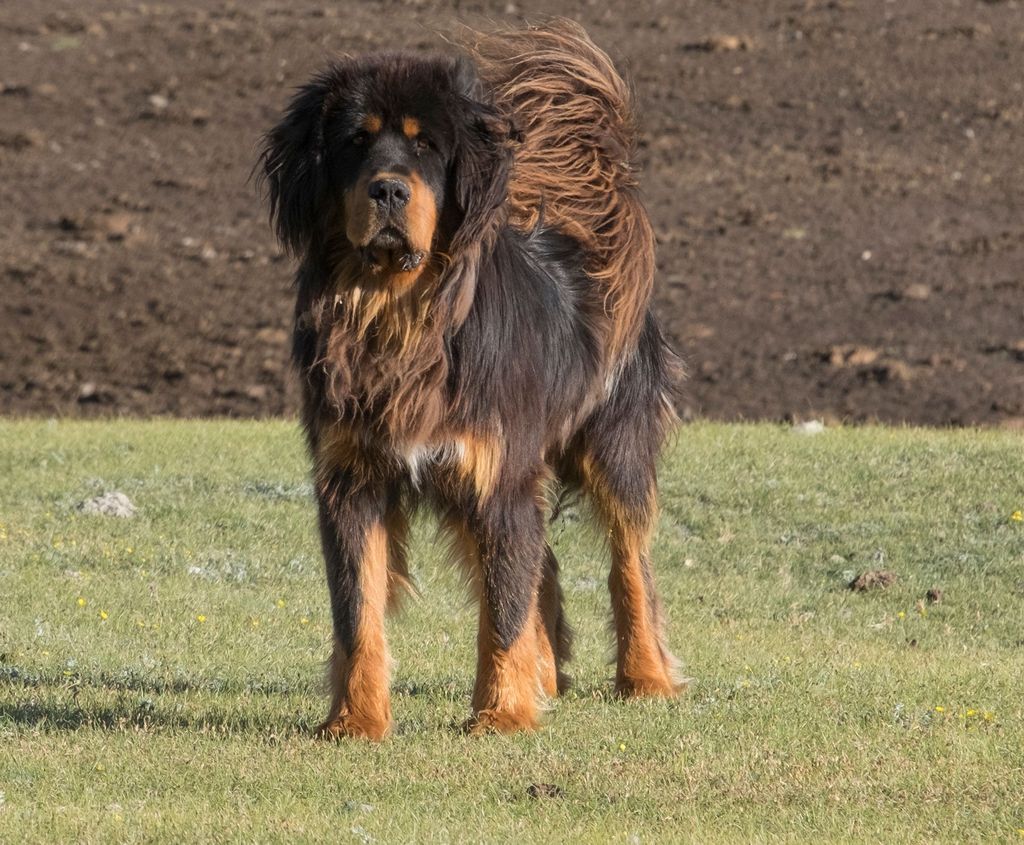
7. Tibetan Mastiffs: Independent Guardians of the Himalayas
Originating in the remote mountains of Tibet, the Tibetan Mastiff has long served as a steadfast guardian of monasteries and herds. This historic role has shaped their strong protective instincts and deep-seated independence. With a dense double coat and an air of quiet self-assurance, they possess a commanding presence that reflects their capability as vigilant protectors.
Tibetan Mastiffs are profoundly loyal to their families but require experienced handling due to their strong will and territorial disposition. They thrive in environments that respect their natural need for space and autonomy, and they respond best to owners who understand and appreciate their independent decision-making. Their heritage as self-reliant guardians means they are accustomed to assessing and responding to situations on their own.
According to experts, “Early socialization and consistent training are key to managing their territorial instincts.” While they may appear aloof toward strangers, Tibetan Mastiffs develop deep and enduring bonds with their families, offering both a powerful sense of security and unwavering companionship. Regular grooming is necessary to maintain their thick coat and prevent tangles. Controlled exposure to varied people and environments refines their judgment, ensuring they remain discerning protectors without displaying unnecessary aggression.
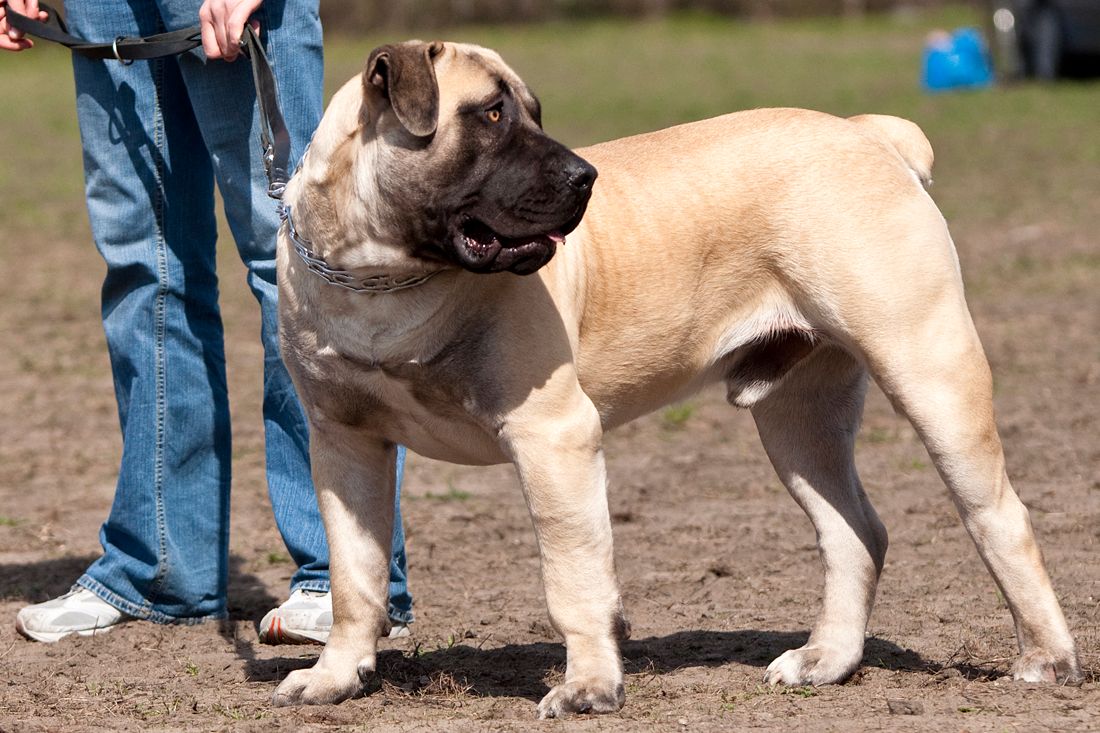
8. Boerboels: Powerful Guardians of the South African Homeland
Originating from the rugged landscapes of South Africa, the Boerboel has been meticulously bred for generations to protect homesteads with unwavering dedication. These robust dogs combine exceptional strength with deep loyalty, making them formidable protectors of both family and property. Their commanding physical presence is matched by an ingrained sense of responsibility, resulting in constant vigilance and dependable guardianship in domestic settings.
When provided with structured, consistent training and thorough early socialization, Boerboels can be remarkably gentle and affectionate toward their families, forging enduring emotional bonds. Nevertheless, they maintain a keen awareness of unfamiliar individuals, demonstrating their innate protective instincts. This breed is most successful under the care of experienced owners who can offer firm, consistent leadership and a clear framework from an early age, ensuring their considerable strength is directed constructively.
Experts emphasize that early training and comprehensive socialization are essential for managing the breed’s natural protectiveness. Such preparation fosters discernment, enabling Boerboels to distinguish between genuine threats and routine situations. Regular, stimulating physical activity and mental engagement are equally important to maintain balance, prevent boredom, and avoid undesirable behaviors. With proper guidance, Boerboels become devoted companions who excel in their protective role while remaining well-adjusted members of the household.

9. Bernese Mountain Dogs: Affectionate Companions from the Swiss Alps
The Bernese Mountain Dog, renowned for its cheerful temperament and striking tri-color coat, is a cherished family companion worldwide. Originating from the scenic Swiss Alps, this versatile breed was historically valued for farm work, seamlessly transitioning between pulling carts and offering warm companionship. Its gentle expression, happy demeanor, and eagerness to work make it a captivating addition to many households.
Berners are celebrated for their exceptionally friendly and social nature, making them outstanding family pets. They thrive on consistent interaction, whether accompanying families on vigorous hikes, engaging in playful activities in the backyard, or simply relaxing nearby during family time. Their gentle temperament and natural desire to please enable them to integrate smoothly into family life, adapting to various activities and quickly becoming indispensable members of the household.
A key consideration for their well-being is maintaining their thick, luxurious coat through regular and thorough grooming, which prevents matting and preserves its luster. Despite their affectionate nature, owners should remain attentive to their predisposition to joint issues and certain cancers. Regular veterinary care and appropriate joint support significantly enhance their health and longevity, ensuring that Bernese Mountain Dogs continue to be loyal, cherished companions for many years.
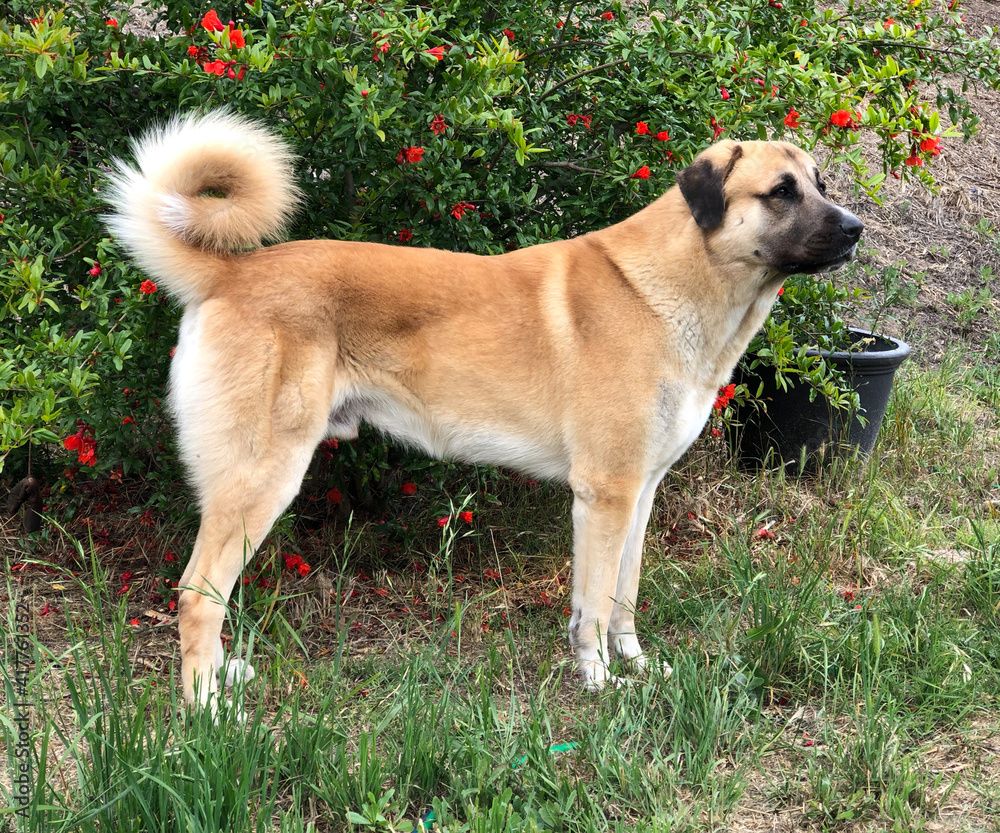
10. Anatolian Shepherds: Majestic Guardians from the Plains of Turkey
The Anatolian Shepherd, a majestic breed with origins in the expansive plains of Turkey, serves as a steadfast guardian for both flocks and families. Renowned for their independence and formidable protective instincts, these dogs combine vigilance with immense strength, allowing them to monitor their surroundings with keen awareness. Their historical role has shaped them into highly capable and self-reliant protectors, consistently assessing situations with discernment.
Despite their strong protective nature, Anatolian Shepherds demonstrate remarkable gentleness toward those they trust, forming deep and unwavering bonds with family members. They are not typical companion dogs and require an owner who understands their need for ample space and autonomy. This breed thrives when their independent decision-making is respected, allowing them to act in alignment with their guarding heritage.
An expert tip for raising and training Anatolian Shepherds emphasizes that early training and comprehensive socialization are essential. This approach effectively channels their guarding instincts, ensuring they grow into well-adjusted protectors who recognize appropriate boundaries. Providing an environment that respects their natural role as guardians allows them to remain true to their ancient heritage while offering consistent security and loyalty.

11. Great Pyrenees: Majestic Guardians of the Franco-Spanish Mountains
The Great Pyrenees, renowned for its serene beauty and gentle temperament, has served for centuries as a steadfast protector of flocks in the rugged Pyrenees Mountains, situated between France and Spain. These magnificent dogs combine an imposing presence with comforting loyalty, and their thick, pristine white coat enhances their noble and almost ethereal appearance, making them instantly recognizable.
Known for their profound patience and calm nature, Great Pyrenees dogs are exceptional family companions, displaying remarkable gentleness with children and other animals despite their considerable size. Their inherent independence allows them to think and act autonomously, which presents a unique training challenge that requires patience and consistent positive reinforcement from their owners.
Due to their dense, double-layered coat, regular grooming is essential to prevent matting, reduce shedding, and maintain healthy skin. Great Pyrenees thrive in spacious environments where they can roam freely and fulfill their natural guarding instincts, ensuring both physical and emotional well-being. Owners should provide consistent, low-impact exercise to prevent obesity and maintain long-term health, supporting the overall happiness and vitality of these gentle giants.
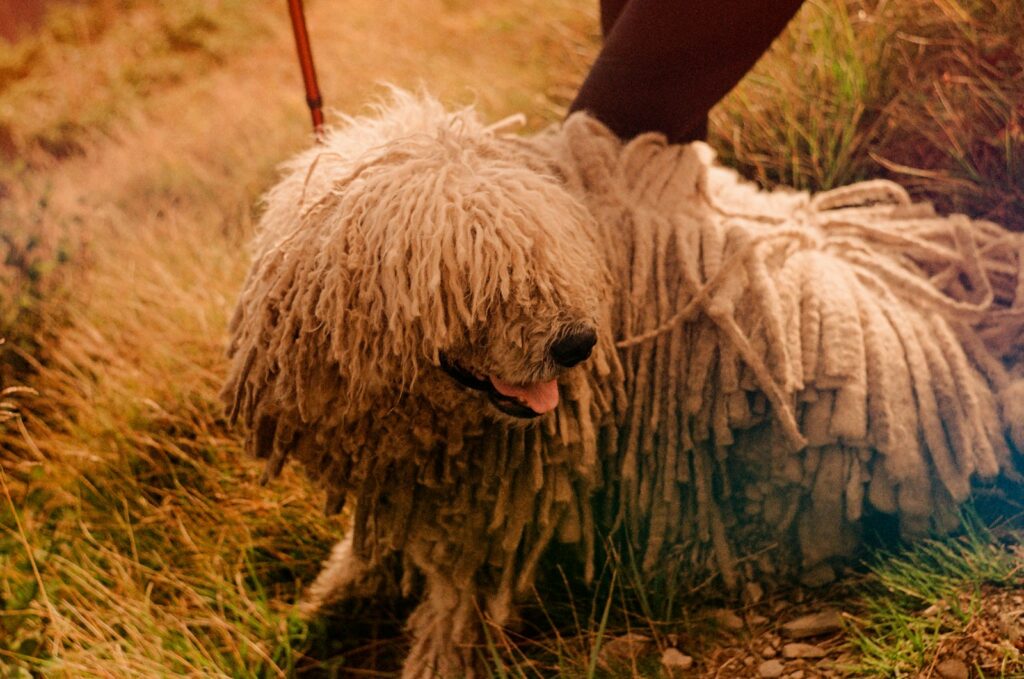
12. Komondor: Hungary’s Iconic Corded Guardian
The Komondor, instantly recognizable for its distinctive mop-like corded coat, is one of the most unique and visually striking dog breeds in the world. Originating from the plains of Hungary, this remarkable breed was meticulously developed over centuries to guard livestock. Its unusual appearance serves a dual purpose, providing both effective camouflage among flocks of sheep and vital protection against predators. The Komondor’s presence is both memorable and imposing.
These dogs possess a strong-willed nature, requiring firm, confident, and consistent leadership from their owners from an early age. Despite their independent temperament, they exhibit unwavering loyalty and form profound, devoted bonds with their families. Their powerful protective instincts ensure that they remain vigilant and ready to defend their loved ones, fulfilling their historical role as steadfast guardians.
Maintaining the Komondor’s unique corded coat demands dedication and regular grooming to prevent severe matting, which could cause skin problems and compromise overall hygiene. Providing an environment where they can fully embrace their natural guarding instincts, combined with consistent training, is essential for their well-being and contentment.
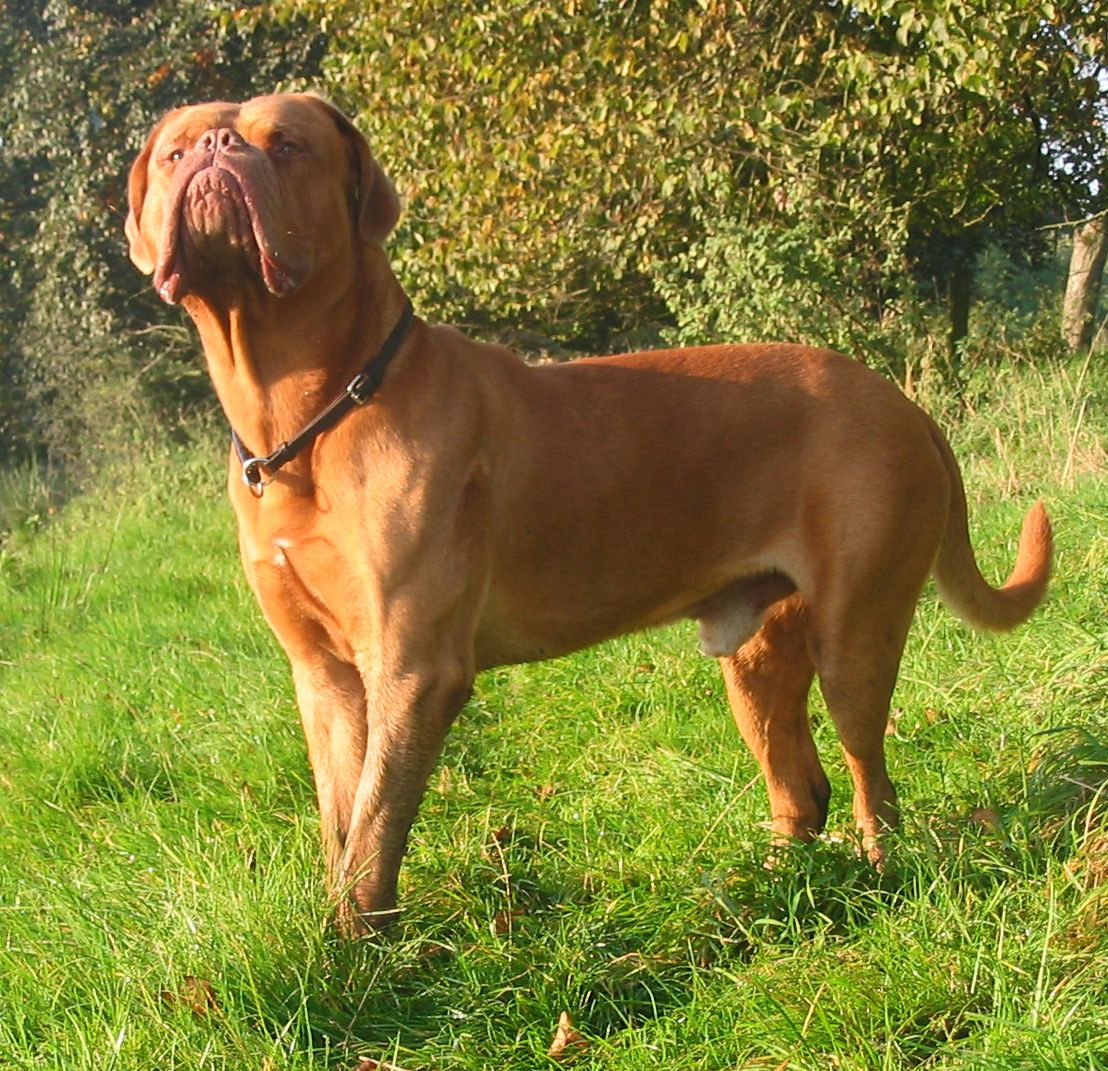
13. Dogue de Bordeaux: France’s Powerful and Gentle Guardian
The Dogue de Bordeaux, distinguished by its muscular build and expressive wrinkles framing a powerful head, perfectly combines immense strength with remarkable calmness and warmth. Renowned for their deep loyalty, these dogs develop into devoted family companions, bringing a steady and reassuring presence to any home. Their imposing appearance often conceals a genuinely gentle and affectionate nature, surprising many who meet them.
Originating from France, the Dogue de Bordeaux historically performed demanding roles, including hunting large game and guarding estates, showcasing their strength, courage, and protective instincts. In modern times, they are primarily cherished for their affectionate disposition and natural protective qualities, thriving in family environments where companionship and attention are abundant. They are content simply being close to their beloved humans.
Prospective owners should note that, due to their considerable size and strength, early socialization and consistent training from puppyhood are essential. This approach helps prevent undesirable behaviors and ensures the development of well-adjusted adult dogs. Regular, moderate exercise balanced with their naturally calm temperament supports both physical fitness and mental well-being. Despite their formidable appearance, the Dogue de Bordeaux is characterized by a loving heart and a gentle personality, making it a treasured member of the family.
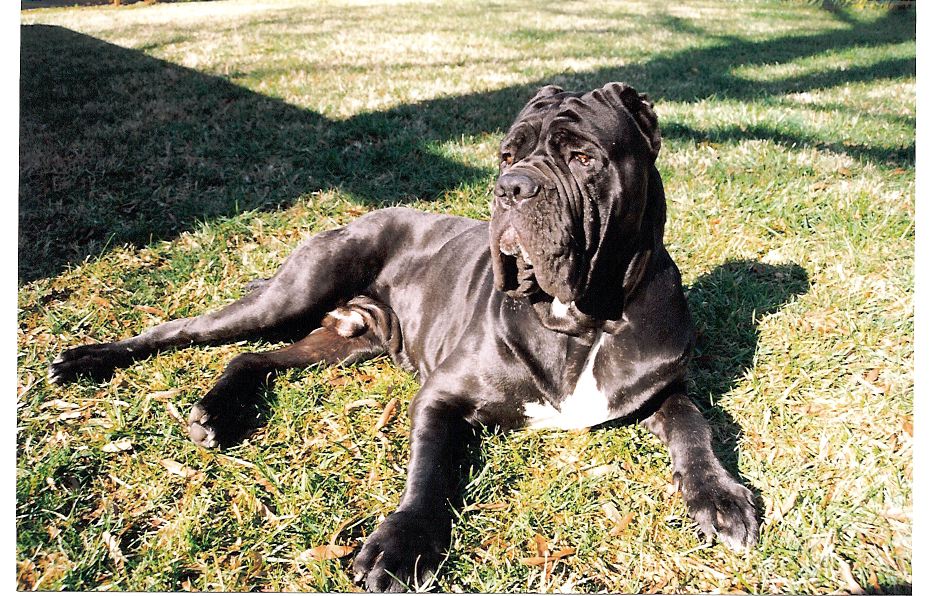
14. Neapolitan Mastiff: Italy’s Majestic Guardian of Loyalty and Strength
The Neapolitan Mastiff, notable for its abundant loose and pendulous skin with characteristic wrinkles, is a breed with a rich and ancient heritage commanding respect. Originating from Italy, these imposing dogs historically served as formidable guardians and devoted companions during ancient Roman times, reflecting their enduring protective instincts and unwavering loyalty. Their majestic and formidable appearance immediately captures attention.
Renowned for their deep devotion and powerful protective nature, Neapolitan Mastiffs form exceptionally strong and lasting bonds with their families. They require confident, experienced, and patient owners who provide consistent guidance and thorough training from an early age. This structured leadership ensures their imposing presence is directed constructively, preventing dominance-related challenges.
A distinctive feature of this breed is its extensive skin folds, which result from both natural evolution and careful selective breeding over centuries. Regular health monitoring is essential, particularly to prevent skin issues caused by trapped moisture or bacteria. Despite their formidable appearance, Neapolitan Mastiffs possess a gentle and affectionate temperament, making them tender and beloved companions.

